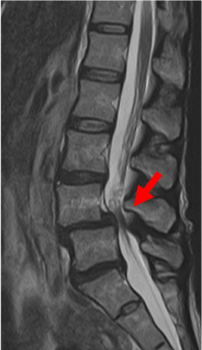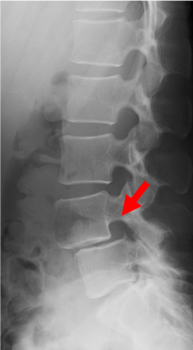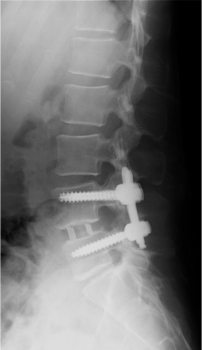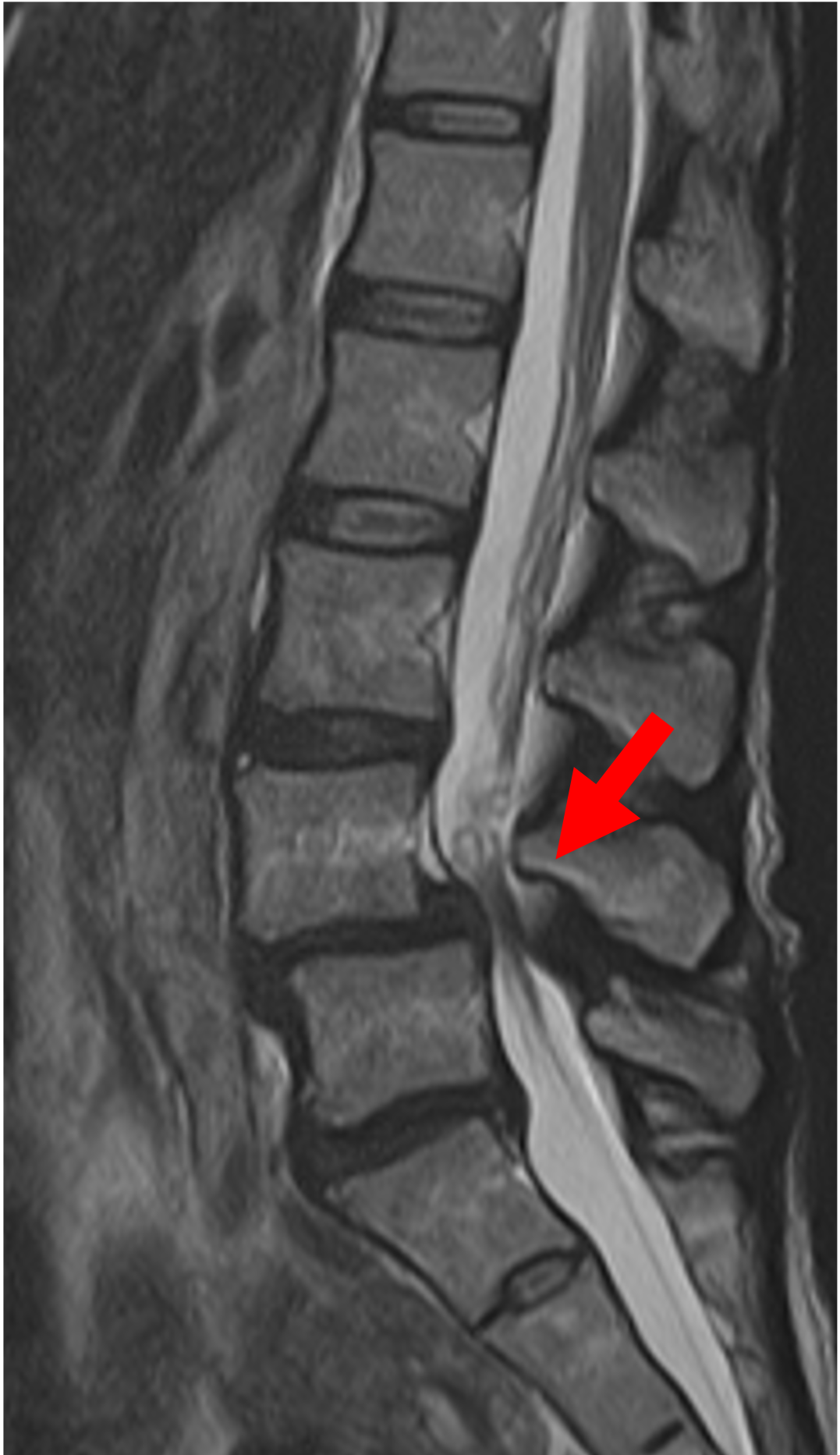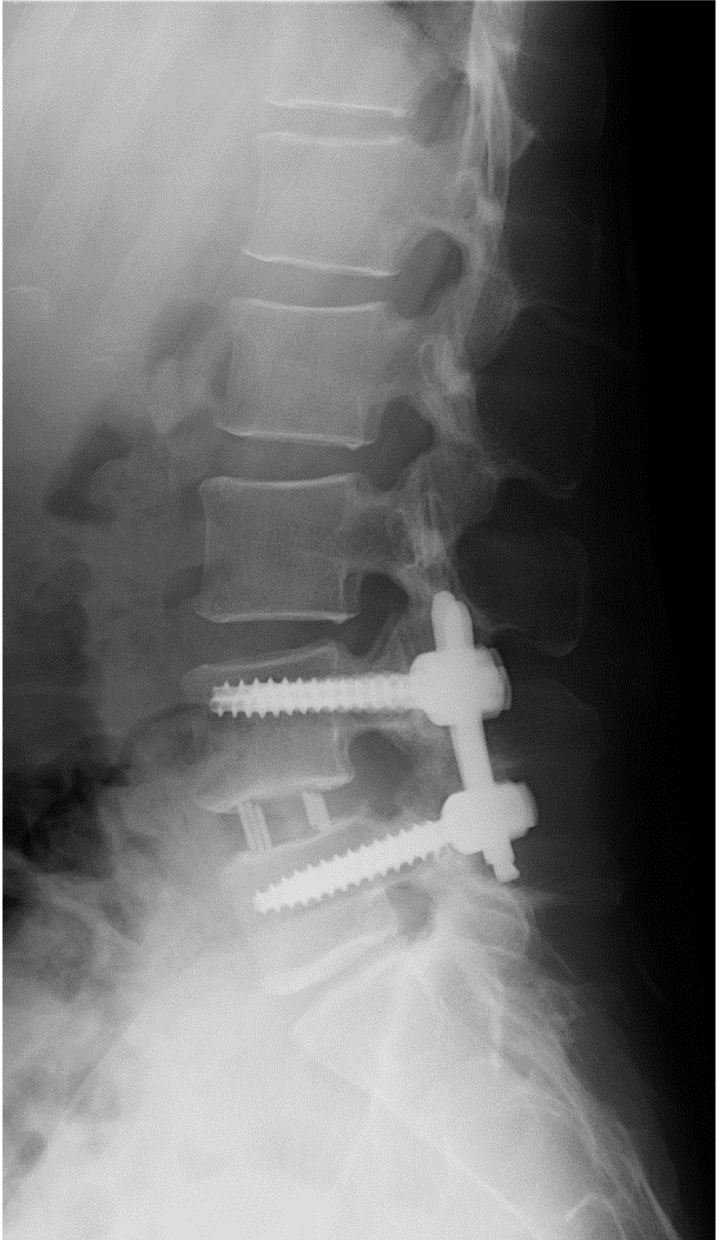Degenerative Lumbar Spondylolisthesis
08/05/2022
最終更新日時 :
03/10/2024
 webmaster
webmaster
We will provide information on surgical methods for lumbar degenerative spondylolisthesis, the length of hospital stay, and whether the procedures are covered by insurance.
腰椎変性すべり症
What is Degenerative Lumbar Spondylolisthesis?
Degenerative spondylolisthesis is a condition in which the lumbar vertebrae slip forward or backward, commonly occurring in people middle-aged and older, most frequently affecting the fourth lumbar vertebra (L4). While the exact cause is unclear, it is often attributed to the loosening of the intervertebral discs, surrounding joints, and ligaments in the lumbar spine due to aging, leading to instability (wobbling) and progressive slippage. Lower back pain may be mild, but as the slippage progresses, patients may develop intermittent claudication due to spinal canal stenosis, where pain and numbness worsen after walking long distances and improve when crouching down. In advanced stages, pain and numbness in the legs may also occur even at rest.

Symptoms
Pain and numbness in the lower limbs typically occur when standing and are relieved when sitting.
Treatment Methods
If severe pain or numbness occurs in the lower limbs, treatments such as nerve block therapy are attempted. However, in cases where conservative treatments, including medication, do not provide relief, surgical interventions such as nerve decompression or spinal fusion may be necessary. Therefore, we recommend seeking early medical consultation.
At our hospital, we have introduced the latest surgical systems and strive to perform minimally invasive spinal fusion surgery (MISt) whenever possible. Please consult with our specialists for further information.
At our hospital, we have introduced the latest surgical systems and strive to perform minimally invasive spinal fusion surgery (MISt) whenever possible. Please consult with our specialists for further information.
